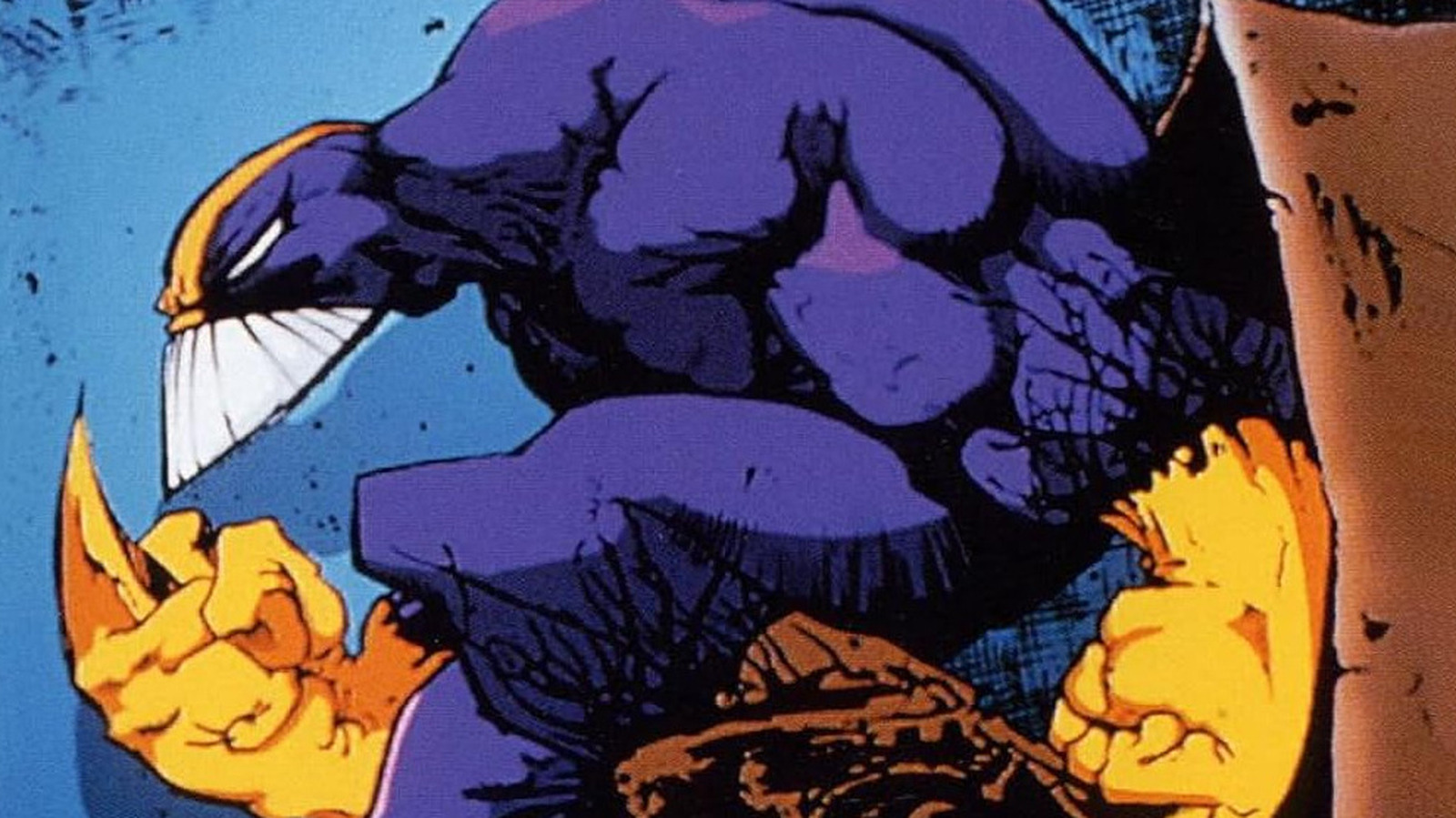
The early 1990s was an exciting period for animation. Throughout the 1980s, traditional commercial caricatures had become, well, advertisements, many of them belonged to toy companies and put in production only to announce toy products. New cartoons of cartoons would not be enlightened unless they had a “marquee value”, that is to say that they were “established IP” (to use modern jargon).
Advertisement
This over-commercialization has deeply marked a generation, but made the narration suffer. Some sick animators from the Reagan era began to diversify in the 90s, and the world experienced a sudden explosion of creativity. Animators like John Kricfalusi (whose achievements and rough misconduct are told The documentary “Happy Happy Joy Joy: The Ren & Stimpy Story”) and Mike Judge began to host aggressively gross and fun shows like “The Ren & Stimpy Show” and “Beavis and Butt-Head”, respectively. Elsewhere, the Spike & Mike animation exhibitors began to toured theaters with the two classic animation titles and their Sick & Twisted Series series, while “South Park” was on the horizon.
Advertisement
On MTV in the 1990s, the landscape was wide and wonderful. From 1991 to 1995, the network published “Liquid Television”, a showcase of animation shorts which presented animated works of independent band artists like Richard Sala, Drew Friedman, Bill Plympton, Charles Burns, Peter Bagge and many others. “Liquid Television” also marked the beginnings of Mike Judge and presented the first episodes of “æon Flux”.
When “Beavis and Butt-Head” turned out to be a massive successMTV Greenlit “The Brother Grunt” with a two-in-one television series entitled “Oddities”. The latter exchanged back and forth between 11 and 13 minutes of two different animation programs, both bizarre and wonderful. It started with “The Head” – a series on a teenager with an extraterrestrial parasite living in his skull, which increases his six -foot head – and was completed by “The Maxx”, an adaptation of the title of comic strips created by Sam Keith.
“The Maxx”, in particular, was ostensibly a superhero show but overthrew the tropes of the genre with each turn. Instead, he was much more interested in rampant misogyny, the trauma cycles that we visit on others and the psychological damage caused by sexual assault.





